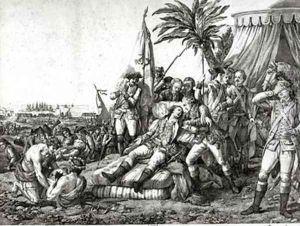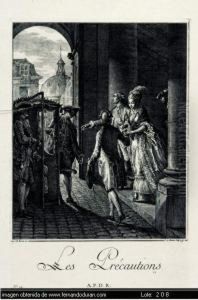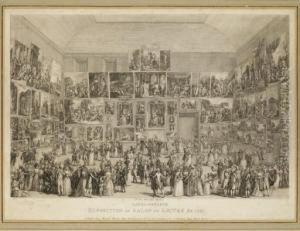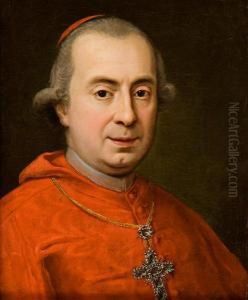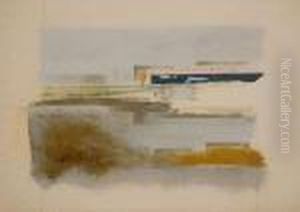Pietro Antonio Martini Paintings
Pietro Antonio Martini was an Italian engraver and painter born in 1738 in Belluno, a town in the Veneto region of Italy. Not to be confused with the French-Italian engraver and draughtsman Pietro Martini (1739–1797), who was active around the same period, Pietro Antonio Martini is best known for his engravings that capture the essence of contemporary social life and popular events of his time.
Martini's early life and training are not well-documented, but it is believed that he received his artistic education in Italy before moving to France. His works display a strong Italian influence meshed with the French artistic trends of the period, suggesting that he managed to integrate the artistic movements of both countries into his style.
One of Martini's most recognized works is 'La Foire de Saint-Laurent' (The Fair of St. Laurent), which he created in 1779. This detailed engraving is a bustling scene of the famous Parisian fair, providing a valuable glimpse into the social life of 18th-century Paris. Through his works, Martini has been able to offer historians and art enthusiasts alike detailed representations of the customs, fashions, and daily activities of the time.
Martini's engravings often depicted scenes with a satirical and humorous take on contemporary society, a characteristic that made them popular among the French bourgeoisie. He worked on subjects ranging from the serious and historical to the comical and mundane. His style was characterized by its fine detail, clear lines, and lively compositions, which enabled him to capture both the grandeur and the subtleties of the scenes he depicted.
Despite his success as an engraver, there is relatively little information available about Martini's personal life, and he remains a somewhat obscure figure outside of his work. He died in 1797, leaving behind a body of work that continues to be studied and appreciated for its historical value and artistic merit.
Pietro Antonio Martini's contributions to the art of engraving and his ability to document the life of his era make him an important figure in the history of European art. His works remain valuable to those interested in the social history of the 18th century and serve as a testament to the vibrant cultural life of the period.
